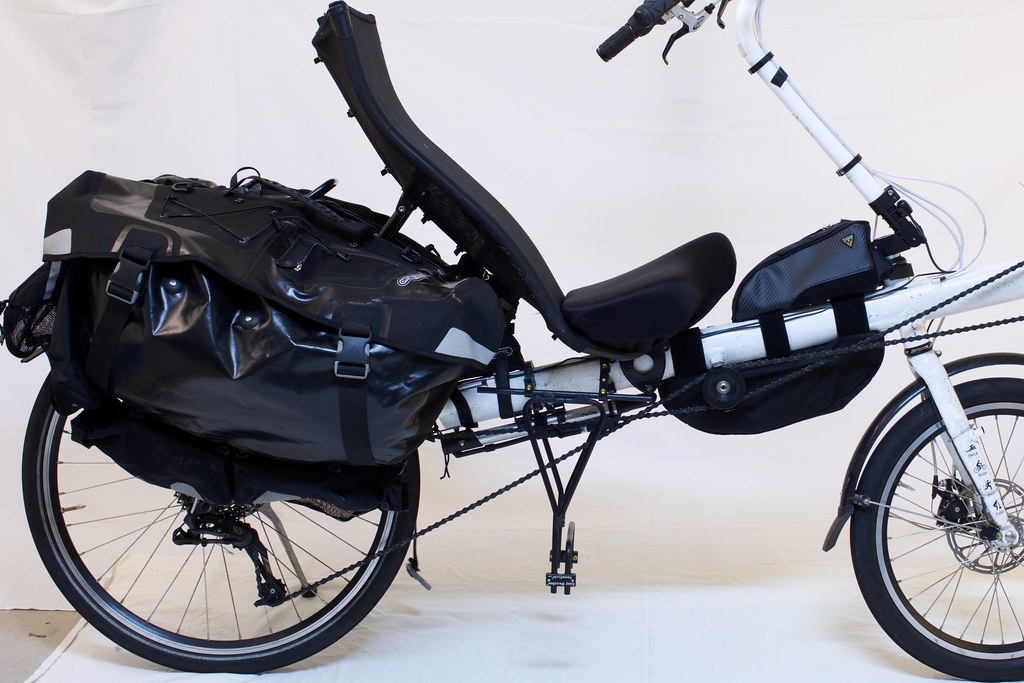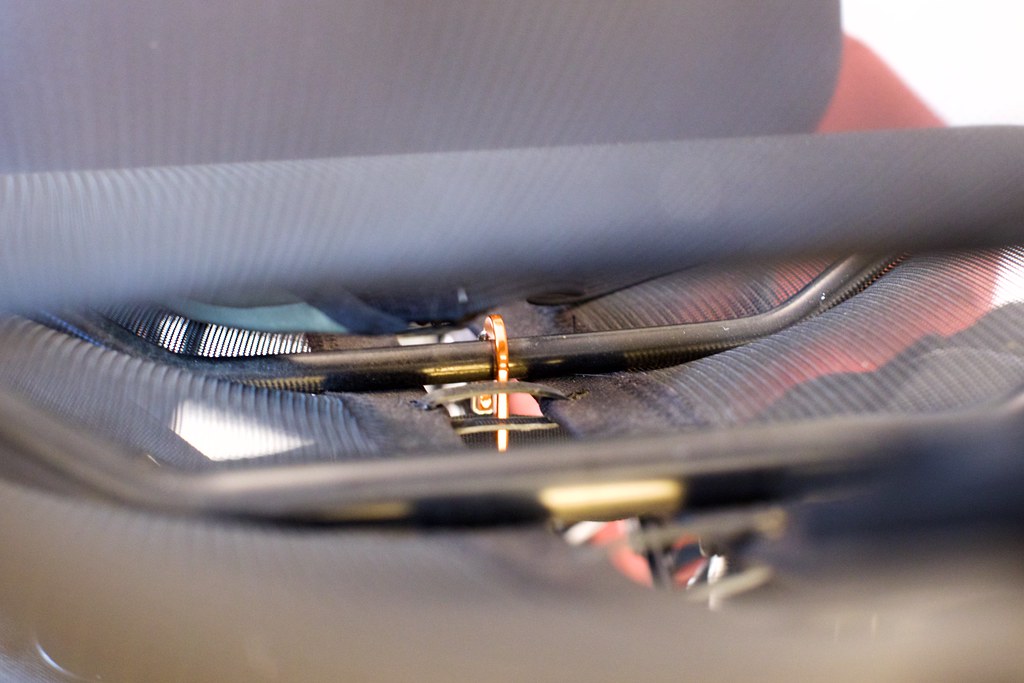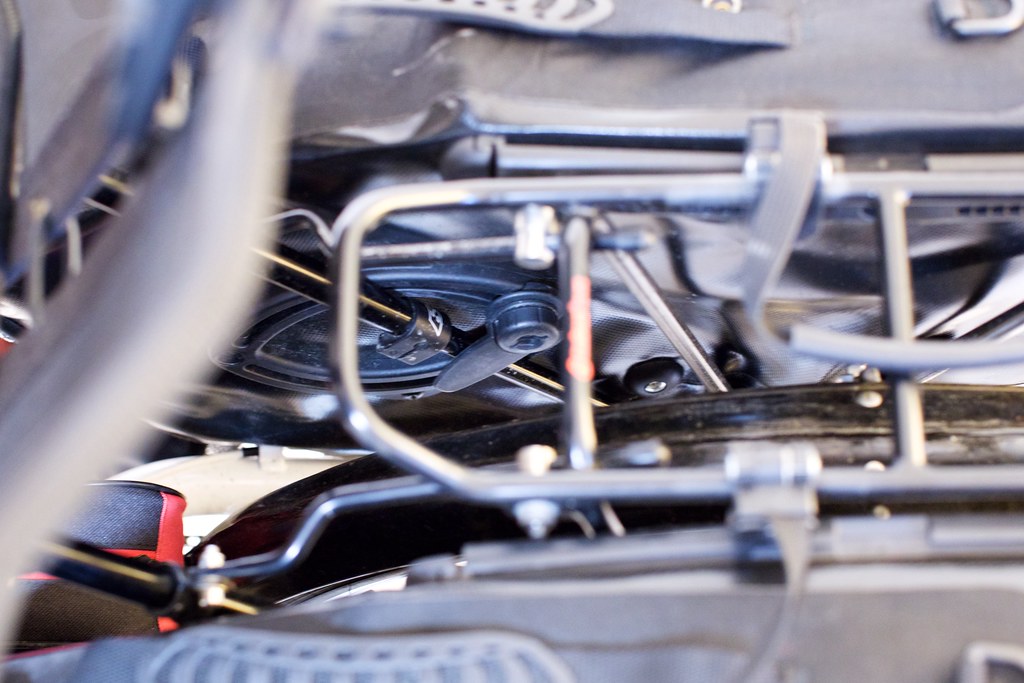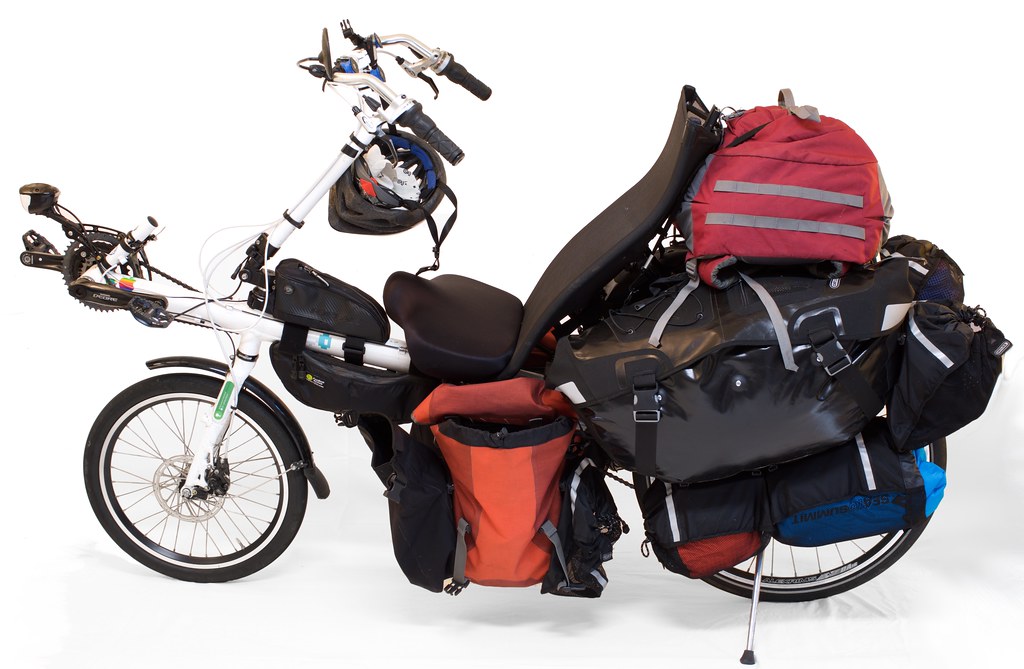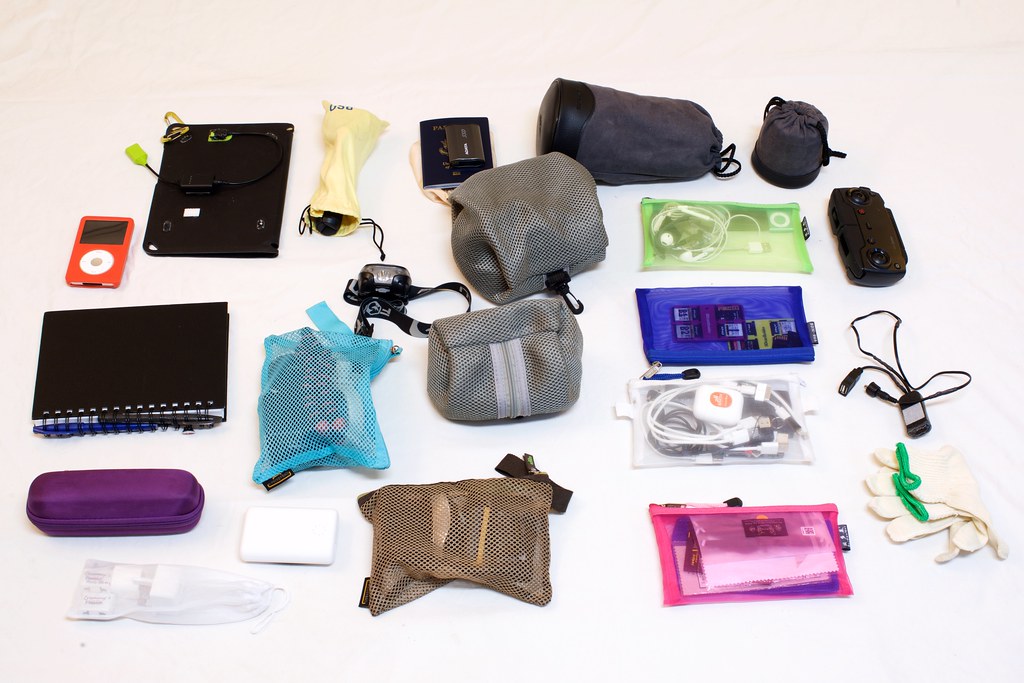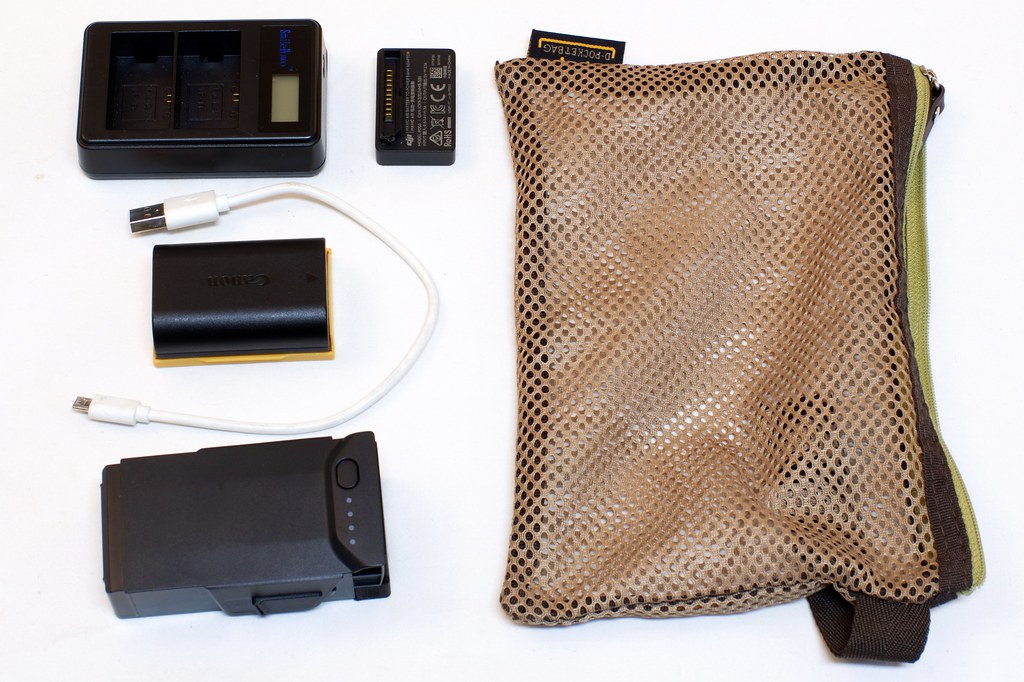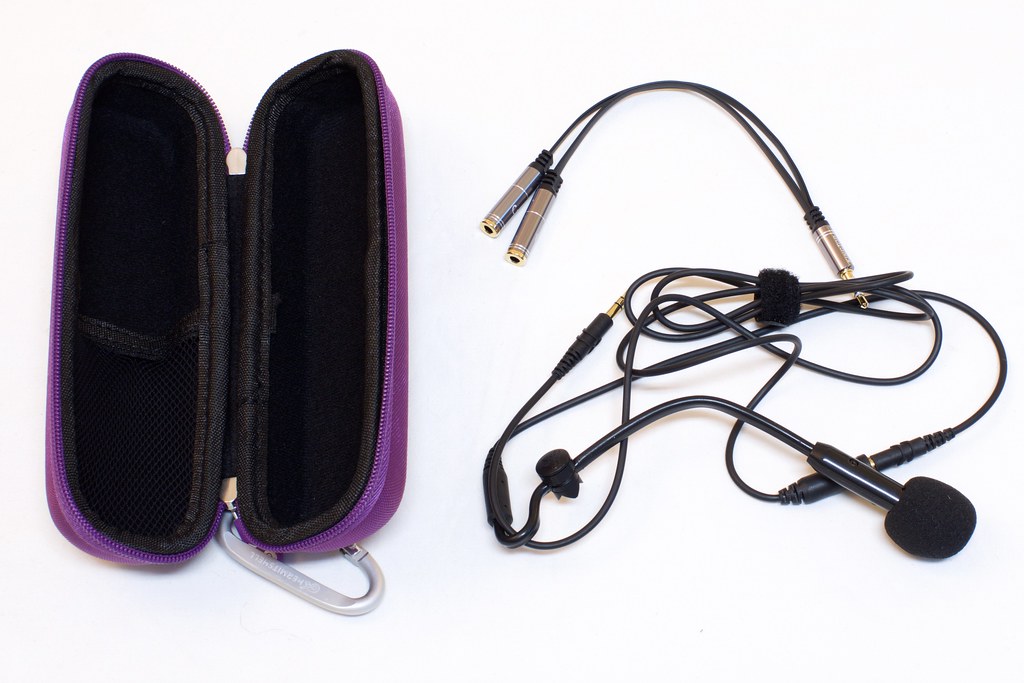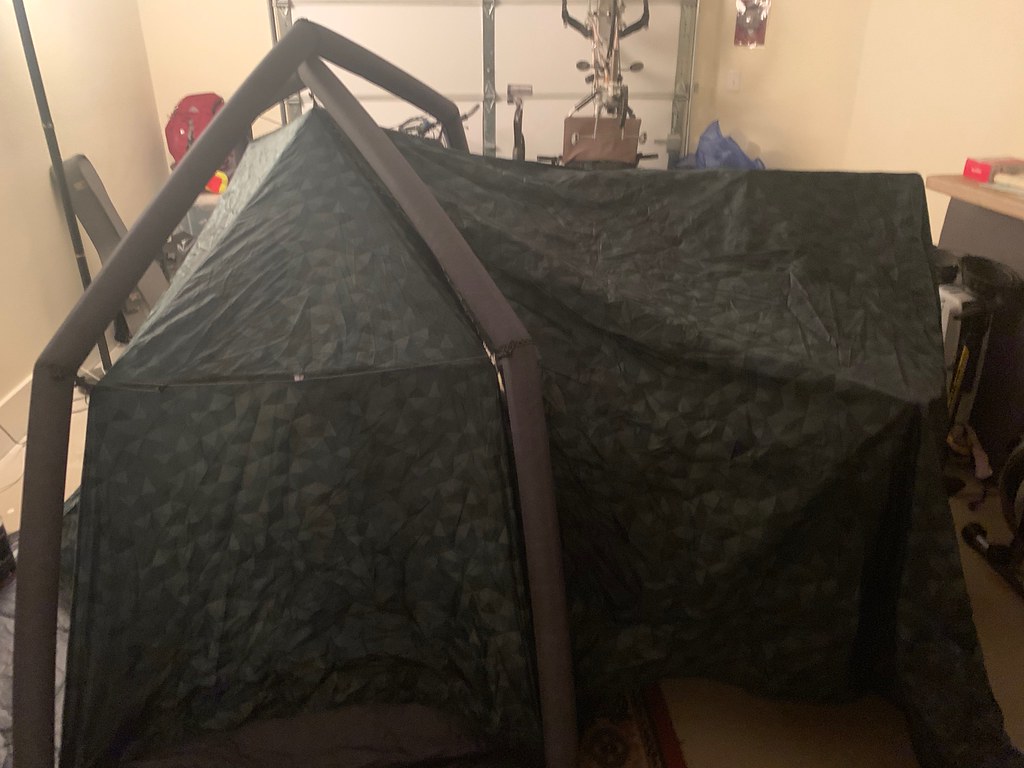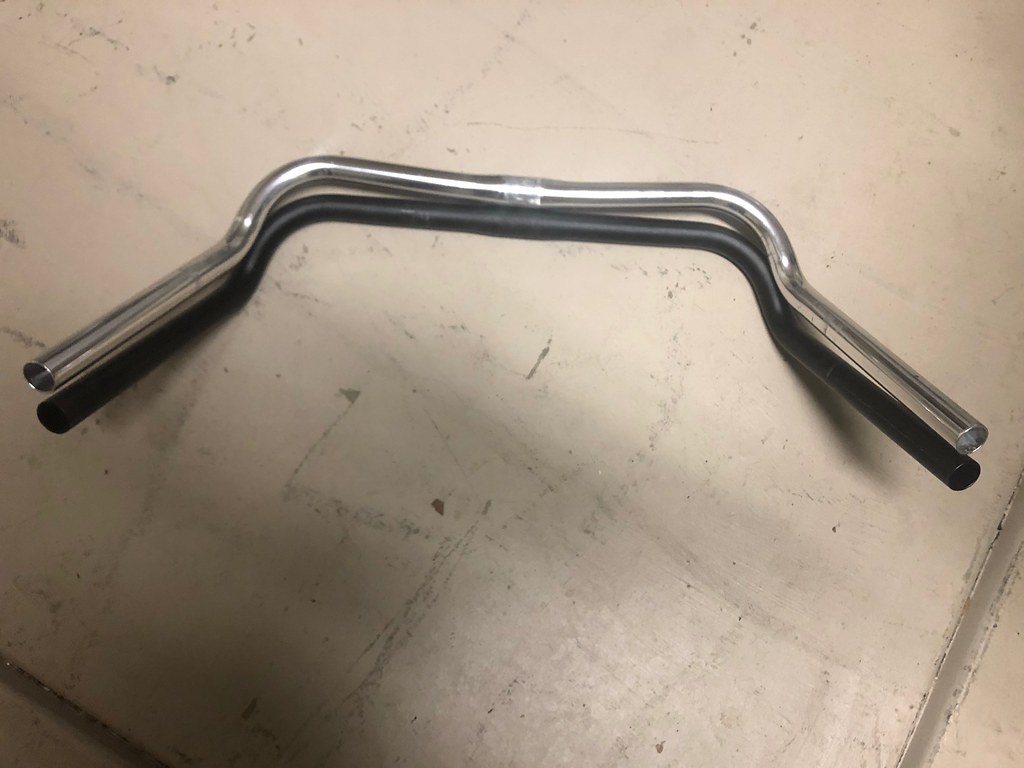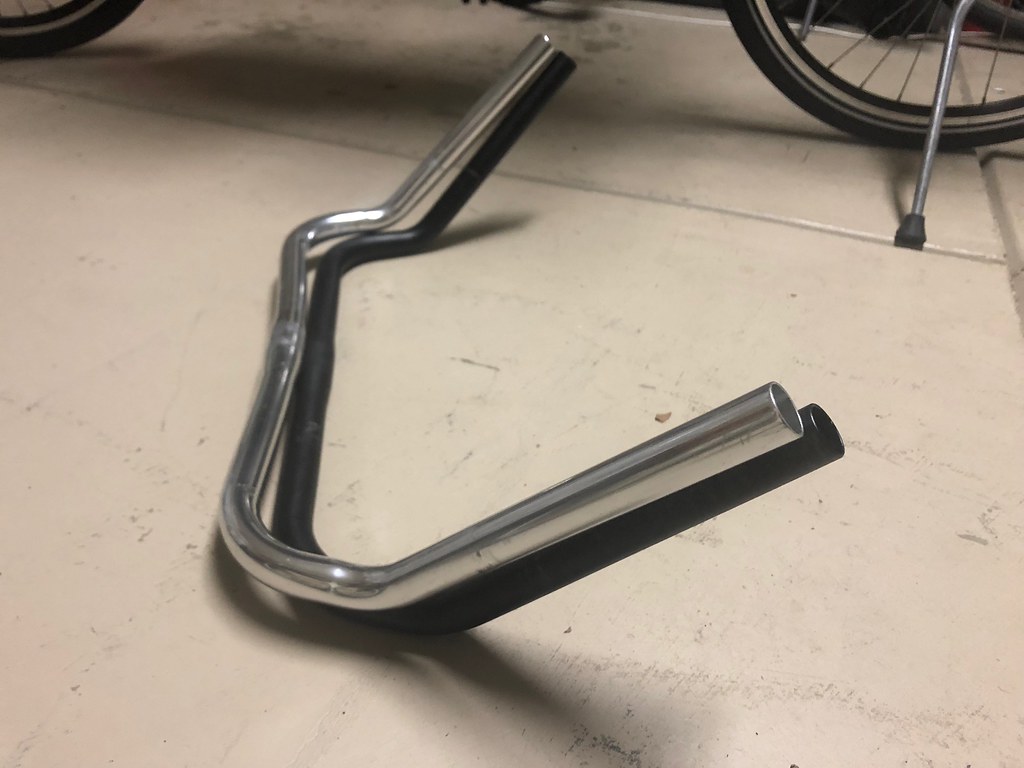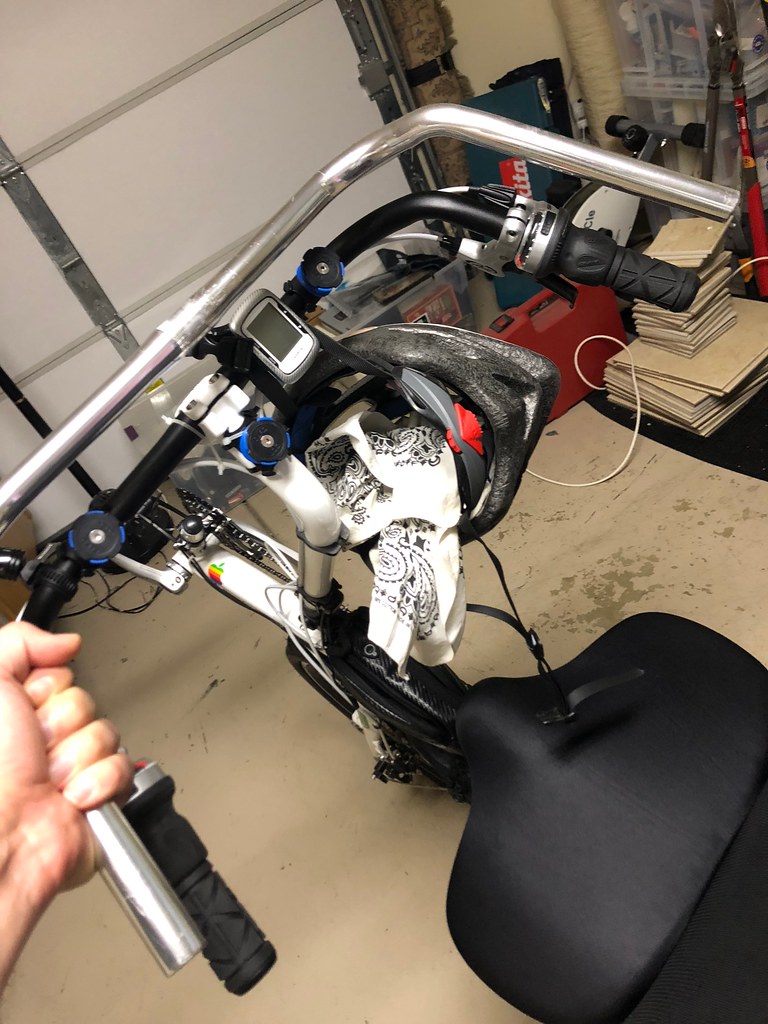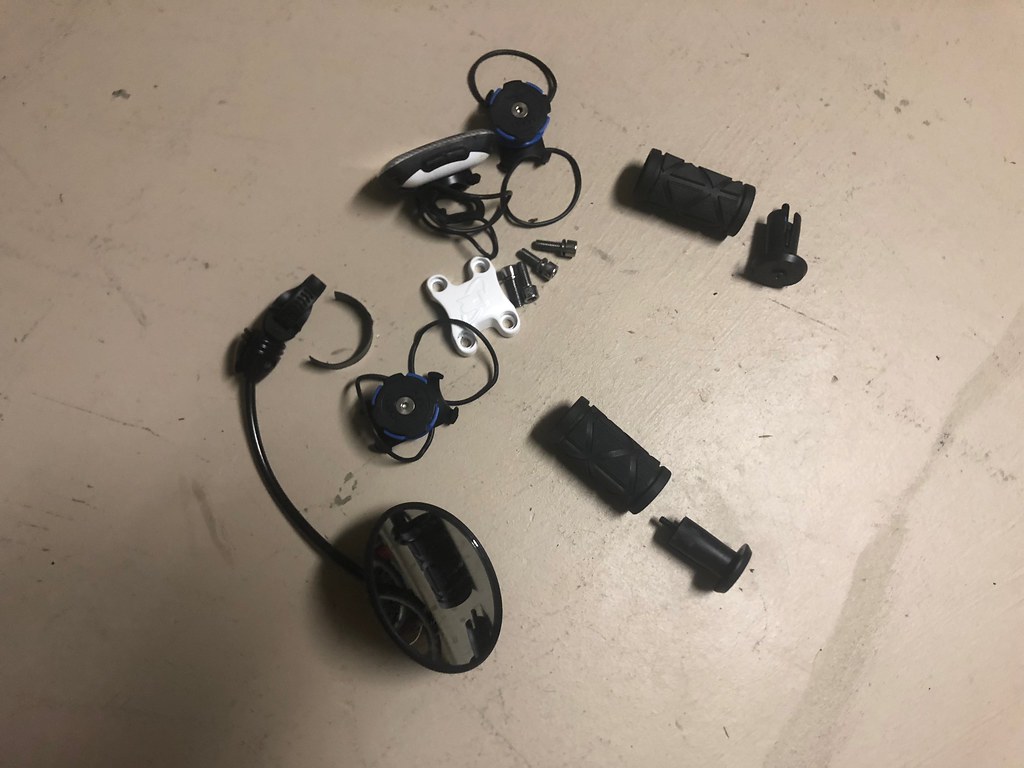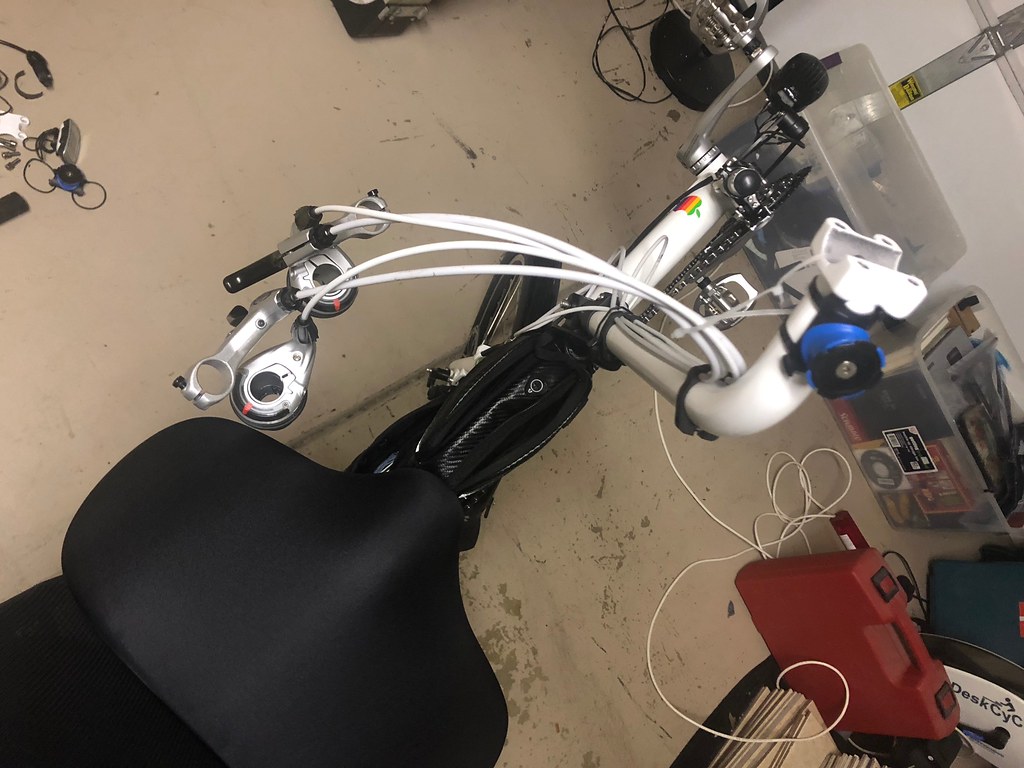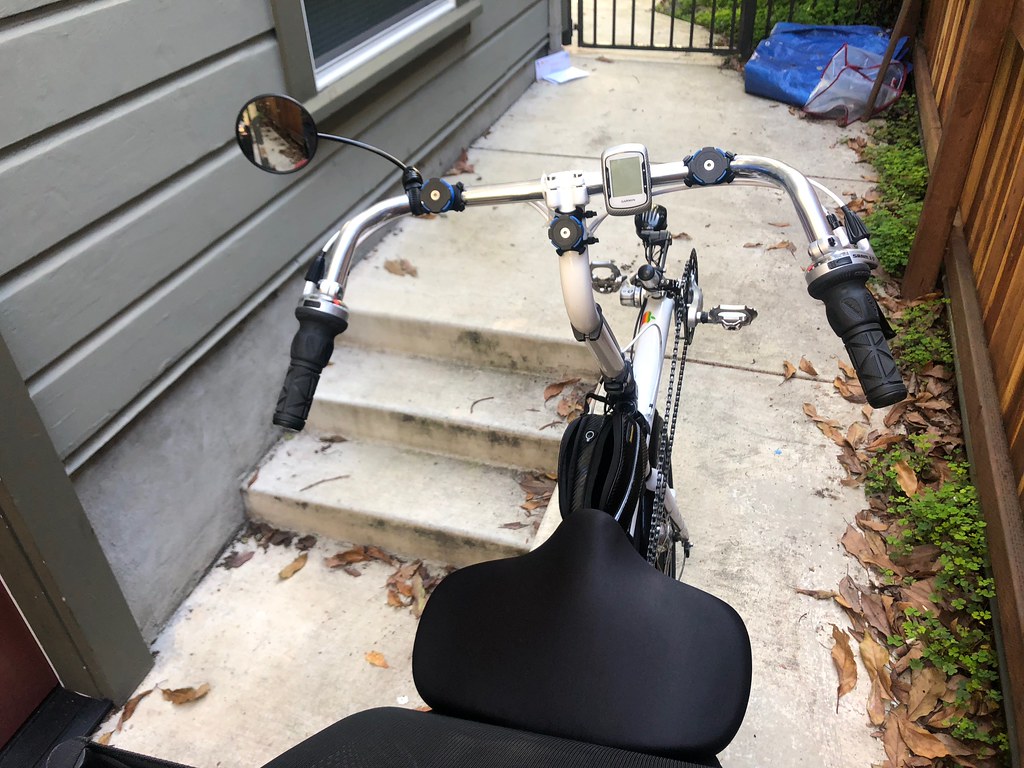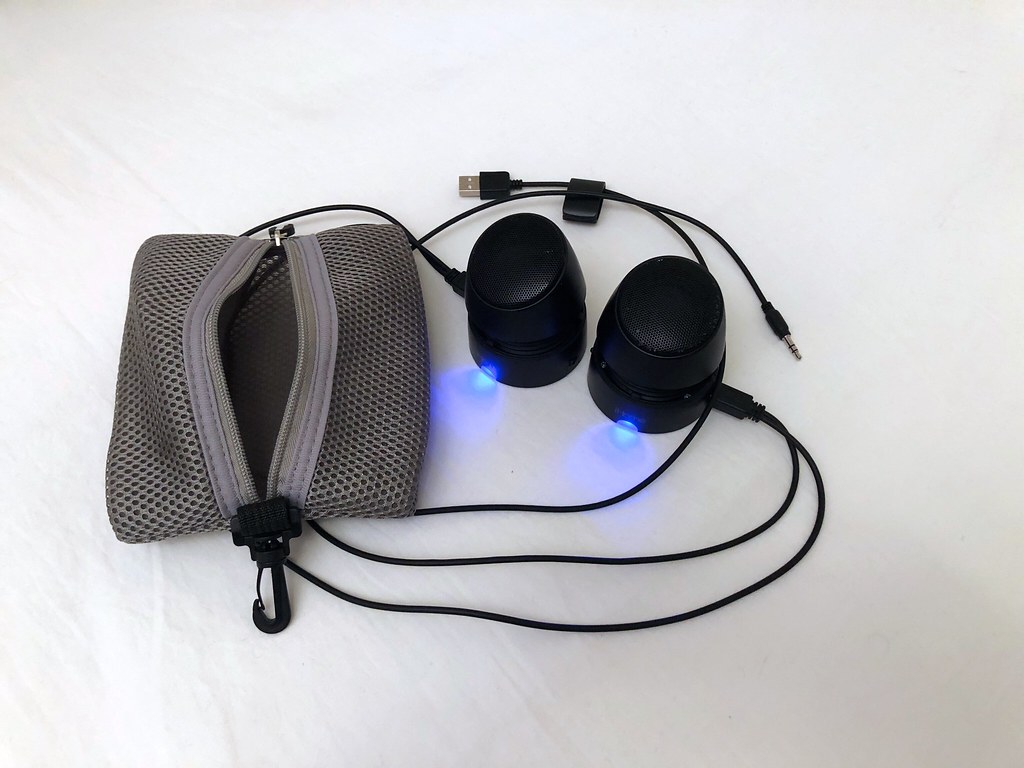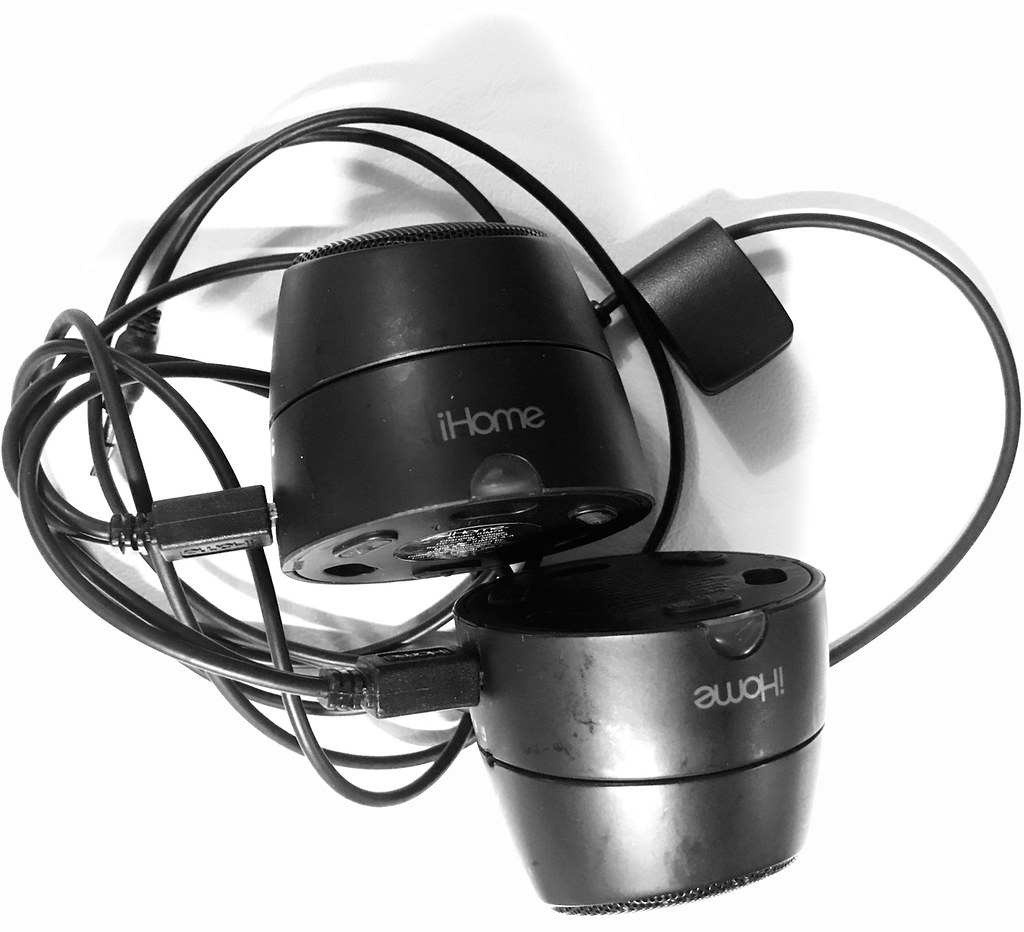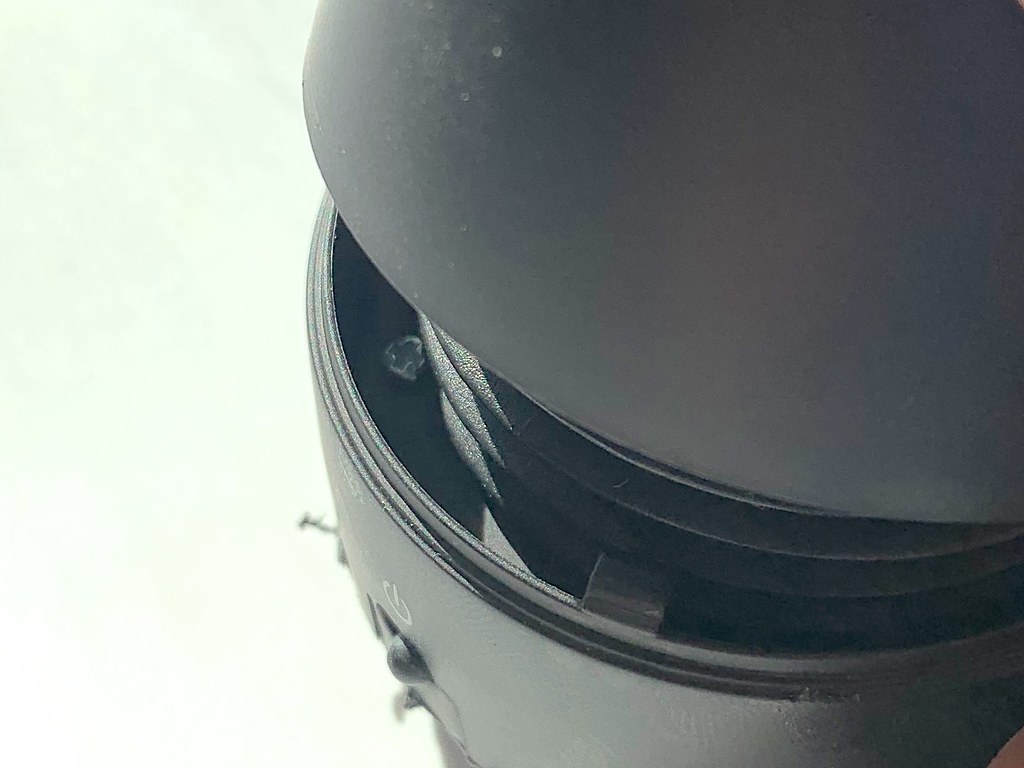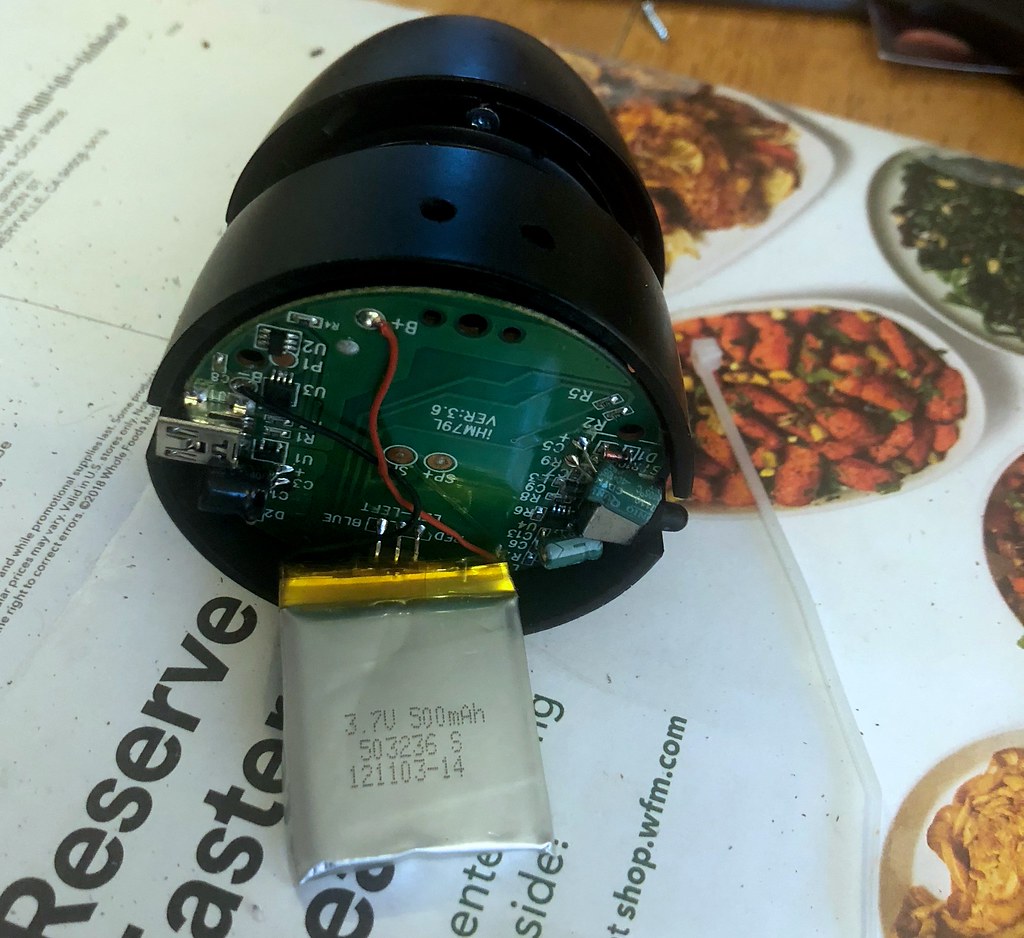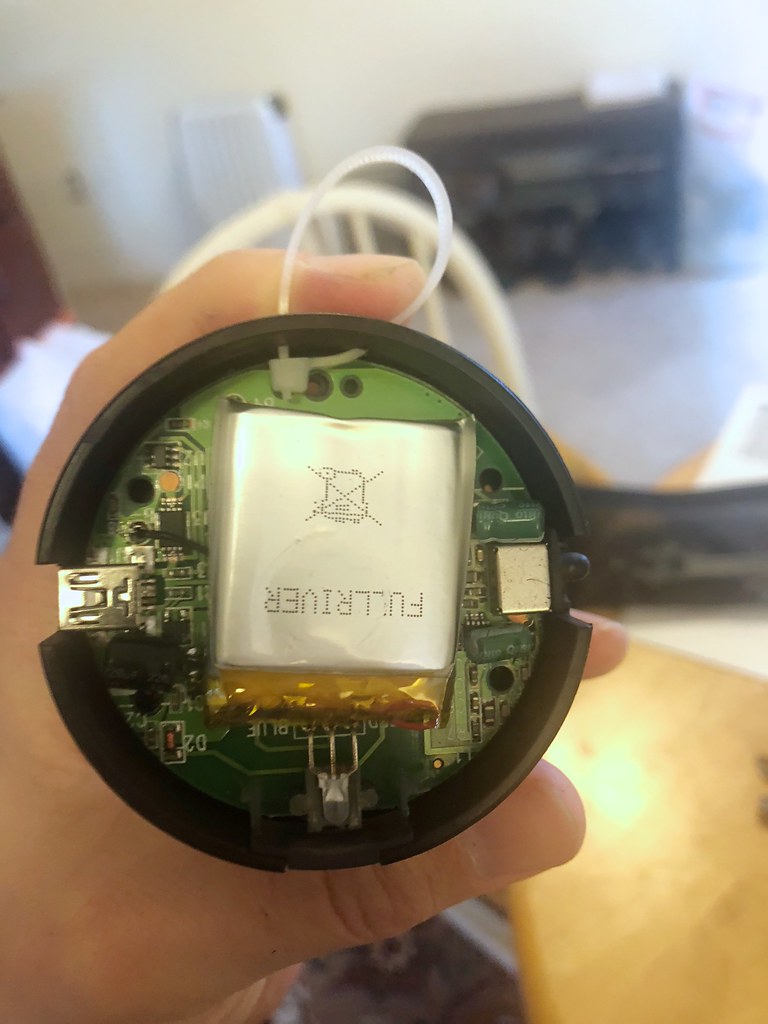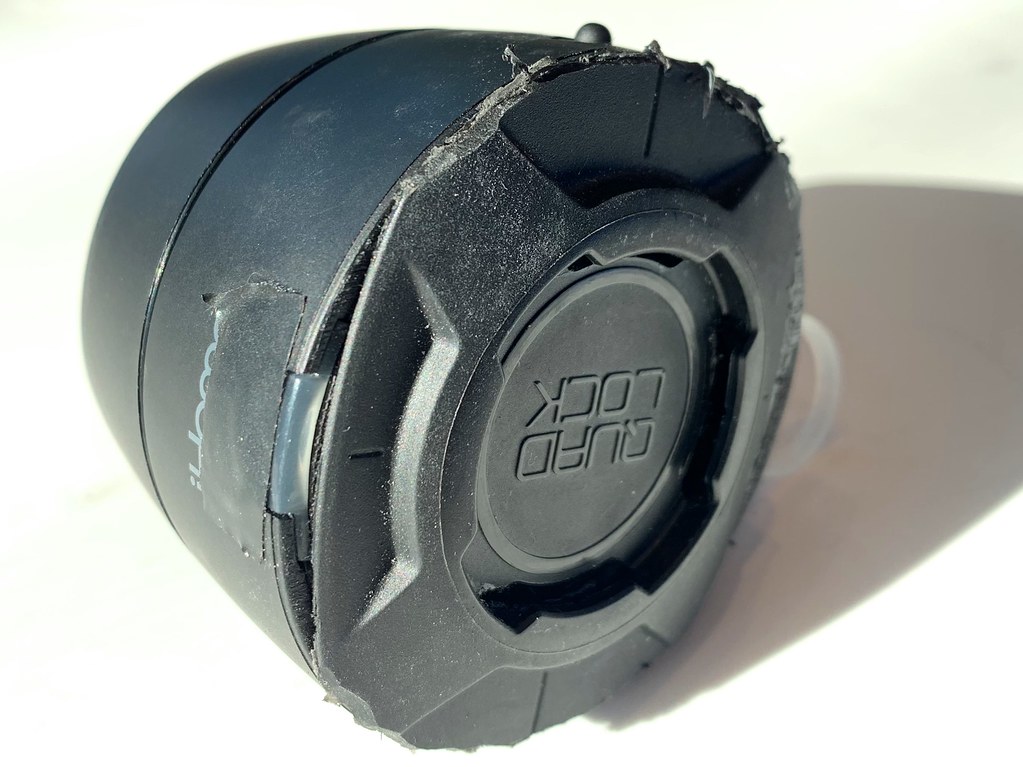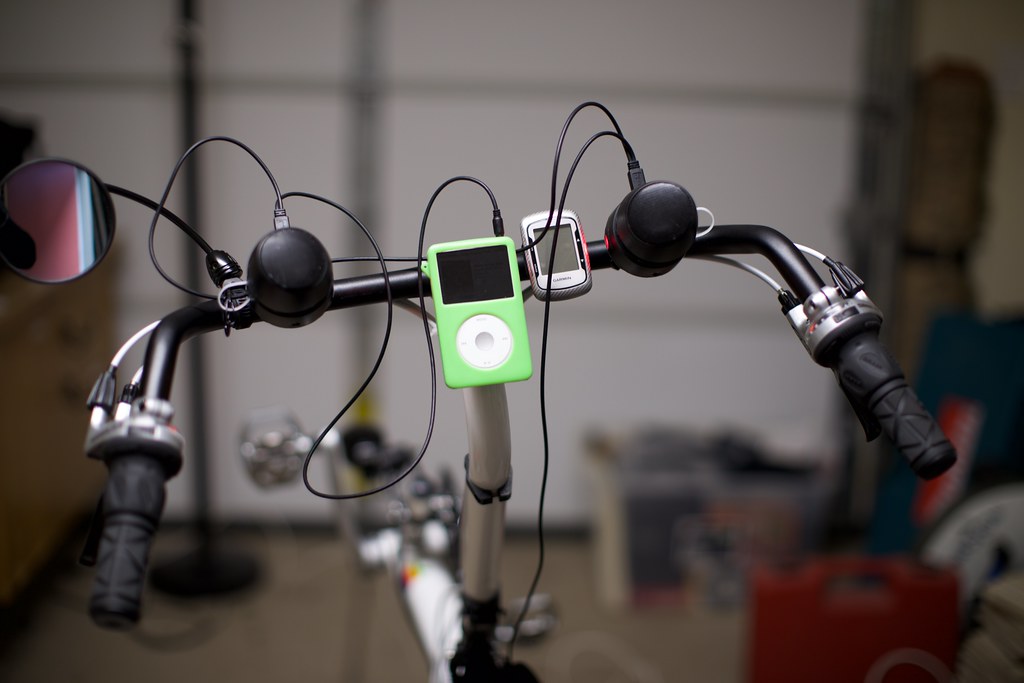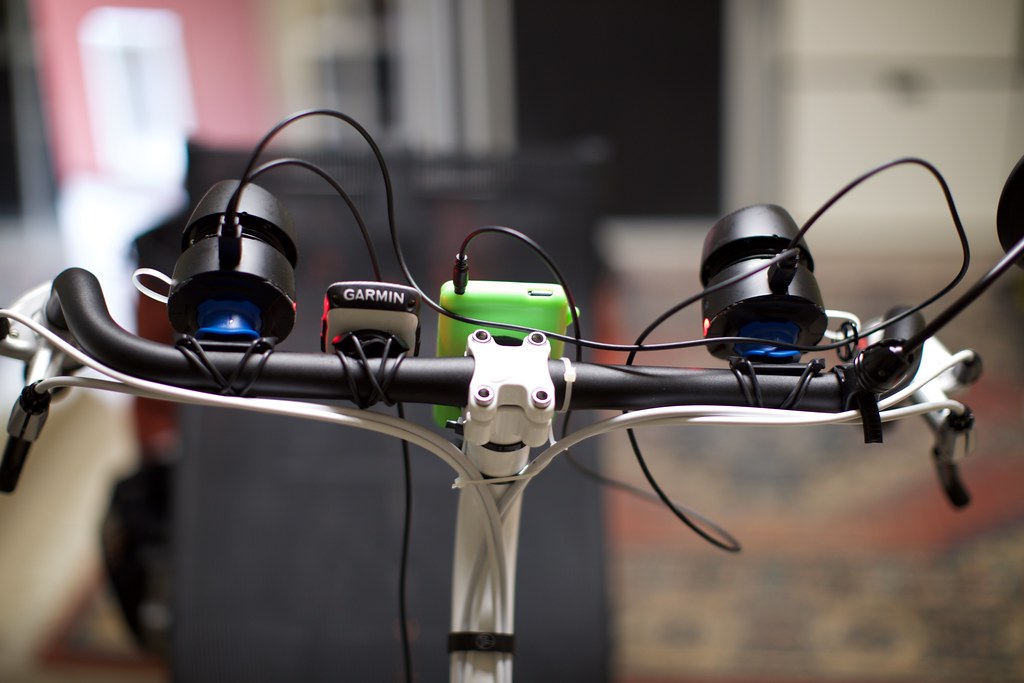July 1, 2019
by TheCuriousCyclist
Filed under Advice, Tech
Tagged with iceland
For my own reference, here is the overwhelming amount of gear I packed for my Iceland tour, and how I arranged it.
This is what everything looks like packed onto the bike:
Here are the bags without the bicycle:
In the back: Two Ortlieb sport packer plus bags, each with an add-on net pocket and an add-on large roll-top pocket.
In the middle: Two ortlieb recumbent bags. The one on the left has three net bags attached to its underside in a row. The one on the right has a net bag, and then two small roll-top bags attached below, since it hangs over the drivetrain of the bike.
In the foreground: A Kelty Redwing backpack. On the loaded bike, this is placed sideways on top of the recumbent bags, where it fits nicely behind the seat, and is held down with two bungee cords.
This is all the gear that’s held in the Kelty backpack and the recumbent bags, or in the add-on bags attached to the recumbent bags.
The sleeping bag, with an inflatable insert and an extra liner included, is kept inside the large cotton sack which is then stuffed into the right-side recumbent bag and takes up all the space. The blue bag of rain gear goes into the net bag on that side, along with the raincoat, and the small add-on bags that hang over the drivetrain carry the bicycle lock and the drone.
The recumbent bag on the left side of the bike carries the tent, the stakes, and the pump. Suspended in the net bags beneath it are the blue sack with hiking shoes inside, and the red sack with pants, swimsuit, and other off-bike clothing. The net bag on the rear carries the big wool sweater. The yellow sack of sleeping gear and the other bags go into the backpack.
All this stuff goes into the sport packer bags, along with the laptop and the camera which are not pictured.
This is the charging gear for both the drone and the laptop, with a Y-connector so that they can both be run from one power cord with one international adapter. Between the two charging bricks, six USB devices can be charged at the same time.
These are the portable speakers, adapted to attach to the handlebars of the bike. There’s also an old iPod mini in here, for playing bedtime music. An iPod shuffle is not suitable for this purpose since it has no ability to stop playing! It will always repeat the current playlist forever or until it runs out of power! How silly. Not that it matters, since all iPods have been discontinued and will soon die out, and we will all be locked into digital subscription services and completely abandon the whole idea of controlling what we listen to without it being mediated from one minute to the next by a jealous corporate overlord in the sky.
This is a kit of spare music hardware. None of it is essential; it’s just here to give me options, or in case something breaks. Spare headphones, a spare microphone wire, airpods, a bluetooth transmitter, et cetera.
These are camera accessories. A macro attachment (not very useful but very lightweight, so might as well bring it), a wireless camera control that pairs with an iPhone app, an external IR focus-assist lamp, a tripod collar, and a smaller tripod for the iPhone.
Camera and drone charging stuff, plus an extra cable.
Lens and laptop cleaning cloths, plus a set of spare blades for the drone.
A collection of media cards, holding music, audiobooks, photo archives, and other stuff that’s non-essential and can be deleted as necessary to make room for photos. All formated APFS with encryption on, for the heck of it.
Micro-USB charging cables, a camera card reader, an add-on hub for the laptop, and various small adapters to extend the utility of the micro-USB cables.
A boom microphone for calling up friends and for video conferencing in strange places. The strangest place I’ve used this so far is by the side of the road next to a geothermal power plant in the middle of Iceland. The boom snaps into place on the side of my headphones, using a small stick-on magnet. It works with the laptop and the iPhone lightning adapter, and it sounds far better than anything else I’ve tried.
The travel toolkit. This is kept in the bag under the seat, along with a small tire pump and an emergency spoke repair wire.
The kit contains everything I need to disassemble the bike and put it back together, including removing the pedals and seat. I can repair chain, fix a flat, replace broken cables, patch wires, adjust brakes and shifters, and also prepare food and trim my nails and mustache. Each of these tools has had a lot of thought put into it.
The rest of the space on the bike is occupied by myself, two large water sacks, and whatever food I happen to be carrying at the time.


